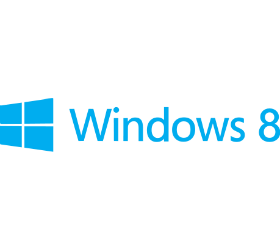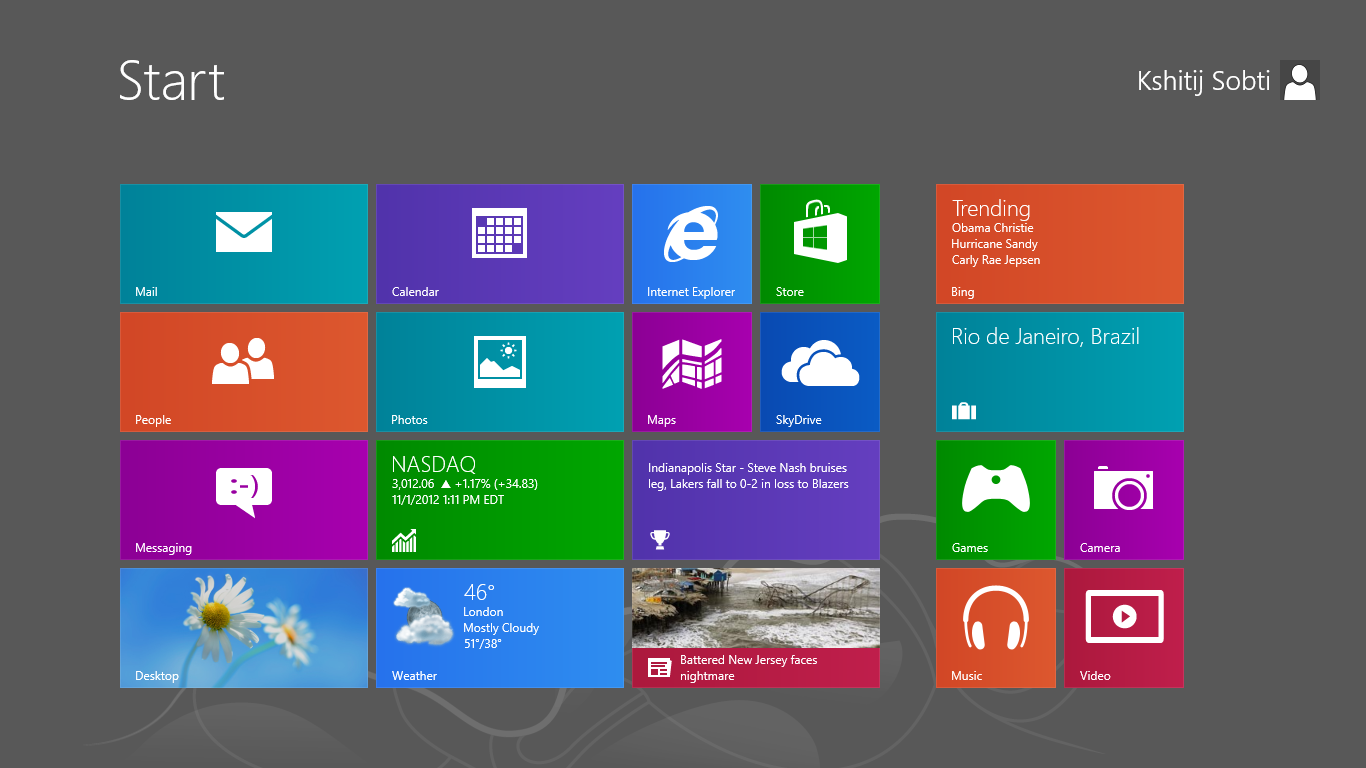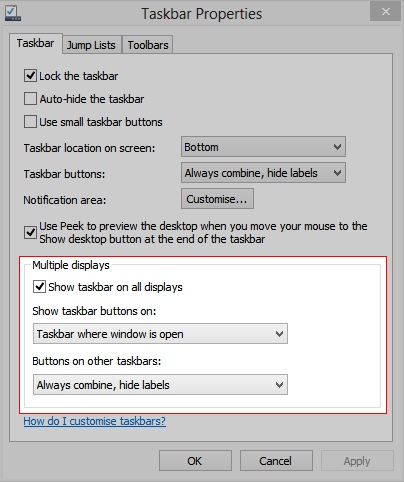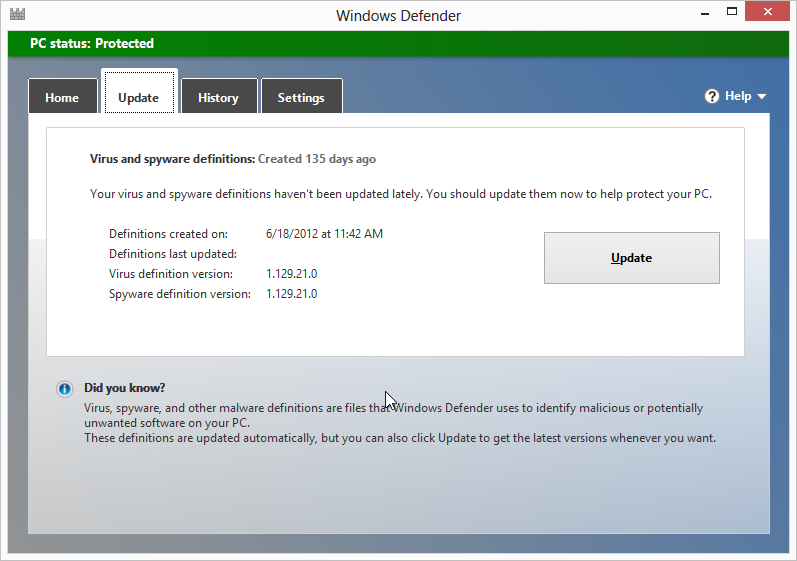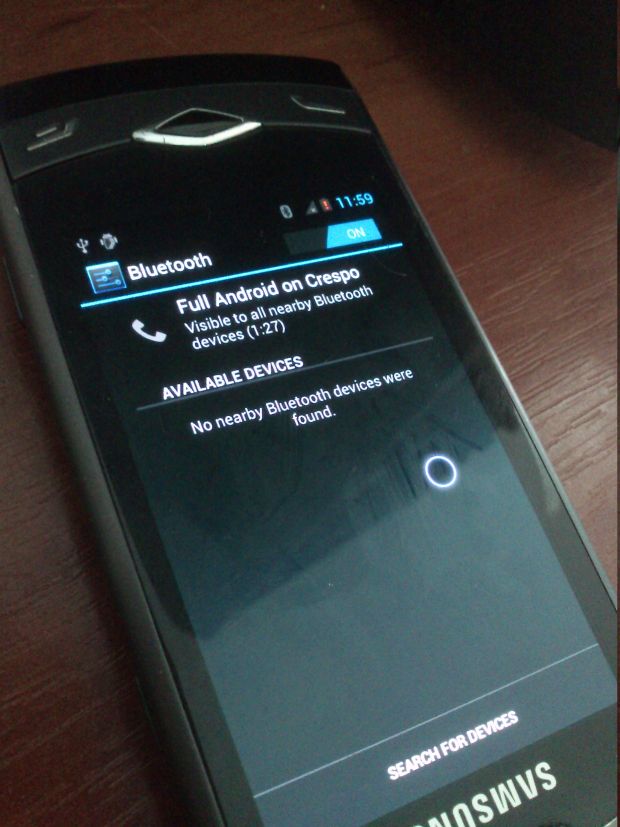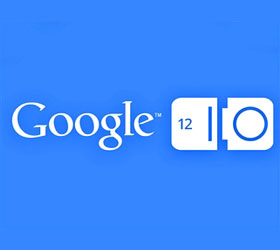Windows 8 has got a lot of flack for the some decidedly poor decisions that Microsoft made with the operating system. We talked about that at length before, but this time we’d like to consider the positives. Enough negative has been said about it, but there is a lot to like about Microsoft’s latest iteration of Windows as well.
There are a number of major and minor new features that come with Windows 8, and many of them are worth getting excited about. A lot of systems have been overhauled, including a entirely new print system. We’ll take a look at some of the most impressive and exciting features of Windows 8, excluding the new interface since that had been talk about numerous times already.
Storage Spaces
This is a rather major addition to Windows, and it would probably have been highlighted a lot more if the focus hadn’t shifted to the new UI, and missing start button. So what are Storage Spaces?
The new Storage Spaces feature is a new storage system available in Windows 8 which allows redundant and resilient storage on normal hard drives. What it does is to allow you to manage your data without worrying about the underlying hardware. It decouples you storage discs (D:, E:, …) from the concept of hard drives and partitions.
Unlike a traditional hard disc partition, a storage space can transcend a single hard drive. For the end user the system works transparently. You create a storage pool, which is essentially a collection of hard drives that will store your data. These hard drives are then inaccessible to your system directly.
You can then create “spaces”—which are the equivalent of traditional partitions—on top of this storage pool. So if you have a pool with two 1TB hard drives, you can create a storage space on top of this called “Movies” and use that just like any other drive. In the background, Windows will use both hard drives for actually storing this data, you just needn’t be concerned.
This isn’t all though. On top of the above storage pool containing two 1TB hard drives, you can create a 10TB storage space if you so desire! This is no magic compression though, it is just for future flexibility. This allows you to plan ahead based on how much space that drive might need. As your hardware starts to run out of space, Windows will warn you can you can simply add more drives to this pool, and increase its capacity.
Even this isn’t it. Storage spaces also maintains data redundancy. Each piece of data you store is actually stored in at least two different physical locations. If one of your drive fails, you will not lost any data, you can simply replace it and Windows will again copy data to that drive to ensure that there at least two copies. In fact you can even use this to upgrade your capacity. If you have two 1TB drives, and a 500MB drive, you can replace the 500MB drive with a 1TB drive without data loss.
Optionally you can ask Windows to maintain three copies, instead of two. Of course this reduces your disc’s capacity to half or one third. There is another option that allows for resiliency without using as much disc space, and that is parity, which doesn’t maintain multiple copies, but just enough to rebuild data in case of problems.
You cannot yet install Windows 8 to a storage space or boot from it and such drives will not work with Windows 7 and older versions of Windows though. Also, this isn’t entirely new, a lot of these features have been available in previous versions of Windows, this just packages them all together into something a lot better and more flexible.
File History
Since we’re on the subject of data and storage. Here is another nice feature for Windows 8 users, albeit still a repacking of older features into something that works better.
File History is a new way of backing up data that maintains a continuous backup, allowing you to browse the history of changes made to a file and recover any previous version. It replaces the previous Windows Backup software. It can back up as frequently as 10 minutes to as long as a day, and takes hourly backups by default. It can also automatically delete very old versions of files (1 month to 2 years) to reclaim space, or you can do this manually.
Now, this is a feature that was actually available in previous versions of Windows (Vista and 7) but was severely crippled in those version. In earlier versions, there was a “Previous Versions” feature, but you had no control over where to actually store the backup! It would automatically store it on the same drive as Windows unfortunately. This might be OK for just browsing previous versions, but made is useless for backup.
In Windows 8, the File History feature lets you pick where to save this backup. However, now you need to select a secondary internal drive, an external drive, on a network location. In fact if you have computers in the same HomeGroup, Windows lets you set your backup location as the recommended location for others it the HomeGroup as well. Useful if you have a desktop with lots of storage.
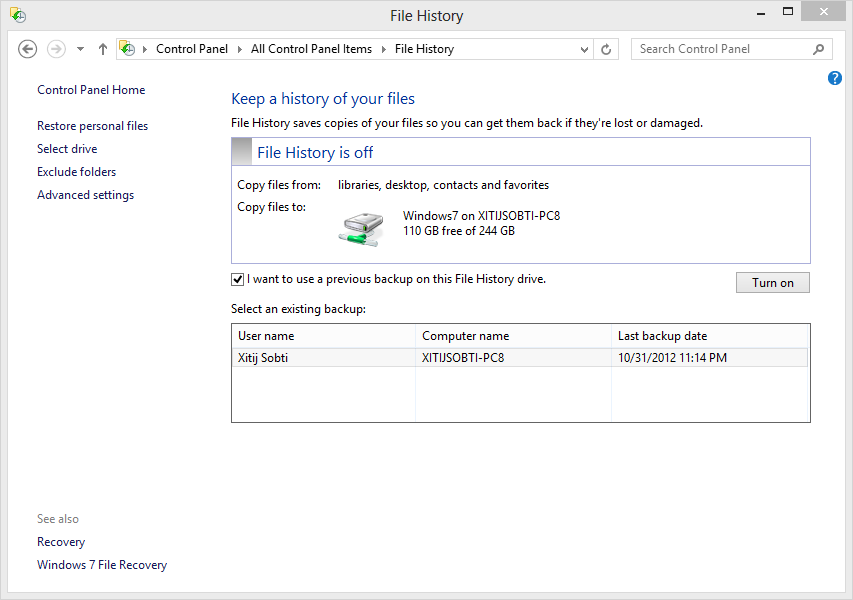
Improved Multi-monitor support
If you are a user of multiple monitors you will know that Windows doesn’t handle them all that well. While multiple monitors have been supported on Window since a long time, it is only now that some very basic features for multi-monitor users are showing up.
First and foremost is support for multiple taskbars. In previous versions of Windows, only your primary monitor would show a taskbar, and the others would be blank. As you can imagine this can be quite inconvenient. There are a number of applications which rectify this by adding a taskbar for each screen, but non of the ones of reasonable quality are free.

In Windows 8 each monitor gets its own taskbar, and you have degree of control over what they display.Multi-monitor taskbars can work in three ways. The first way is to simply list all application on the taskbars on all monitors, the second way is to only list applications on a taskbar if they are visible on the same screen. Finally you can have all applications listed on the primary taskbar, while the rest show only the applications open in them. The feature are still severely lacking compared to those available in a number of paid applications. For example, you can’t have different taskbars on different locations; if you want the takbar on your left monitor on the left side, and on your right monitor on your right side, that is not possible.
Windows 8 also finally lets you set the background for each screen independently, and even comes with a number of wallpapers and themes for multi-monitor users.
You can launch the new start screen and other Windows 8 apps on any screen, however you cannot open two at the same time on two monitors.
A better file management experience
Believe it or not, despite the Ribbon, the new Windows Explorer actually has more space for the actual contents. For one, the older versions rarely had any useful options in the “toolbar” area, making that a complete waste. In Windows 8, there is the ribbon, but it is closed by default. The few useful features of the toolbar, such as the ability to change the view from icons to details, are still available, but as icons in the status bar.
Another great enhancement is to the file copy dialog. Now, the Windows file copy dialog is the infamous for its inaccuracy, so this time around Microsoft has gone for simply sharing all possible data about the copy process with you rather than just give you an estimate that it will most likely miss. Now in details mode you will see a proper chart that displays change in speed of the copy process.
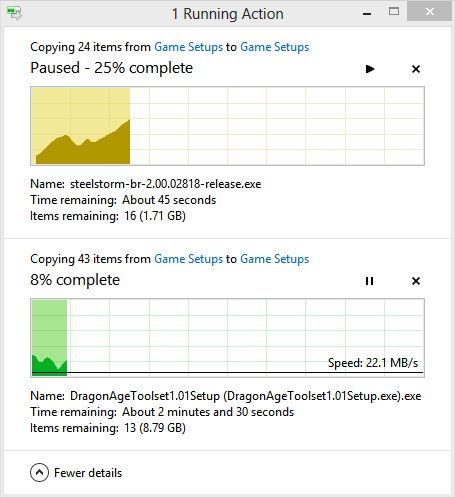
Managing multiple copies is much easier as well, since now they dock together. You can even pause individual copy operations, allowing you to start multiple copy operations and have only one active at a time.
Other minor additions are the ability to mount iso or vhd files. Simply double click an iso, and it will appear as a virtual CD. Once you are done with it, eject it, and it will go away.
Sign in with a Microsoft account
Now this might not be something a lot of people will consider a good feature, but since it is entirely optional, we find it hard to put it in the list of negatives.
Windows 8 allows for a new kind of user accounts, in addition to the old style of accounts where you log into Windows with a local username and password for the system, you now have a Microsoft account. If you opt for a Microsoft account, you can log in with your Microsoft account credentials—if you have Hotmail, basically that username and password will work.
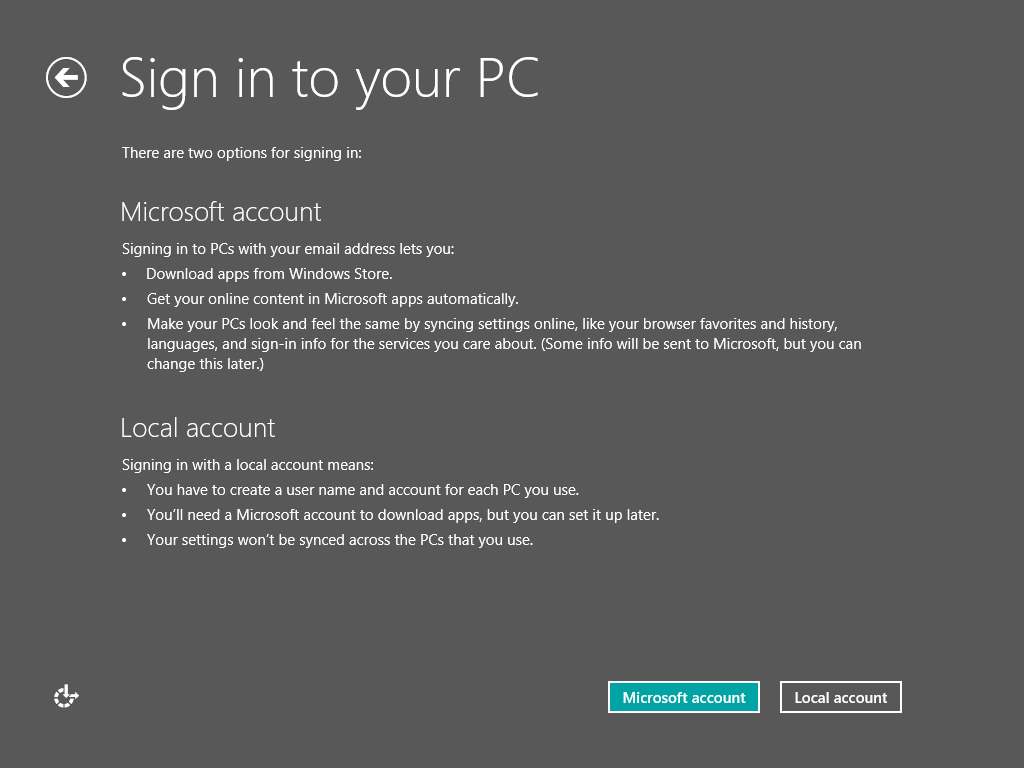
This kind of account allows for some special features. First of all if you are using a Microsoft account, you don’t need to log into individual Microsoft apps in Windows 8. Even for Microsoft websites open in IE, you will be logged in automatically.
Another advantage, should you choose it, is that it can synchronise your PC settings, and automatically apply them across computers. So if you have a Windows PC, and tablet, your wallpaper, themes, browser history and a number of other settings will be synced.
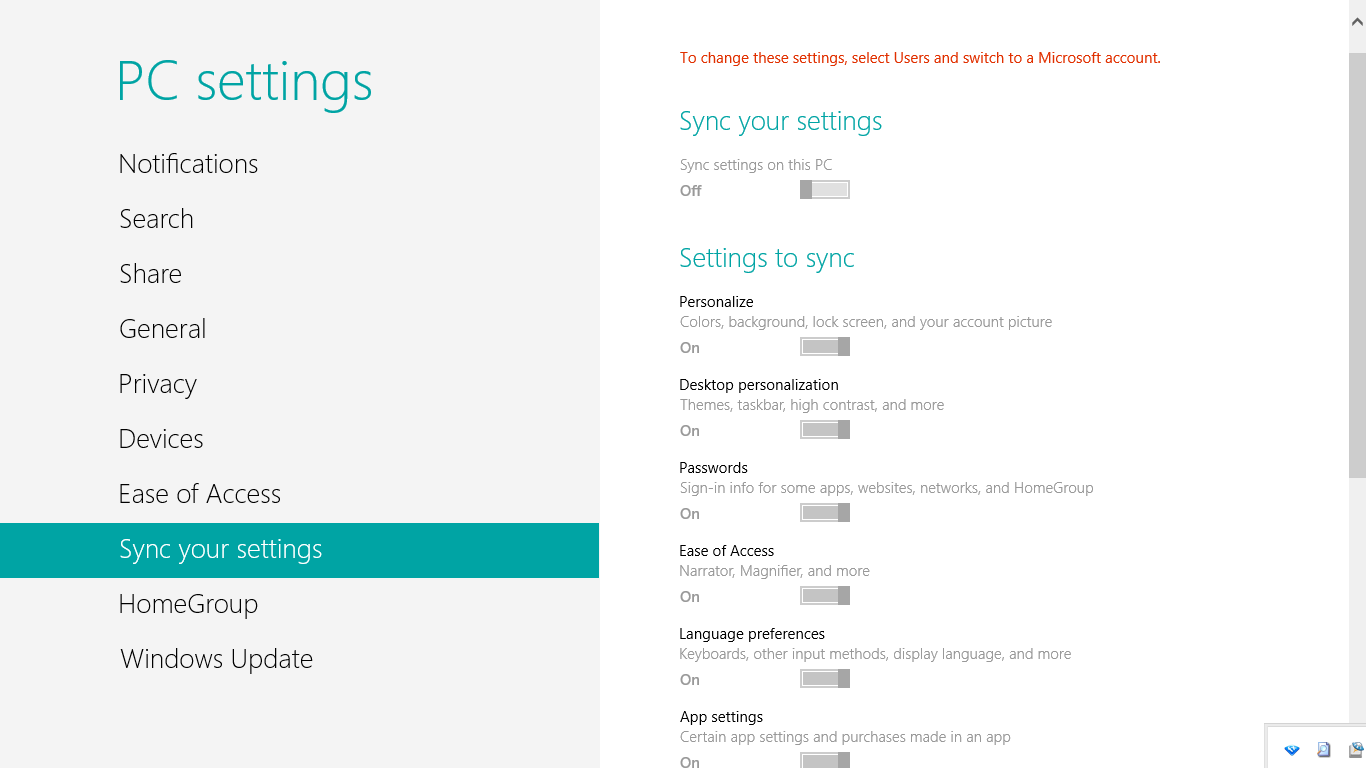
This kind of account is entirely optional, you can still make a so-called Local account which works like before, although Windows 8 does promote this feature a lot. Also you will need a Microsoft account for the Window Store and a number of other applications that ship with Windows 8.
Inbuilt Antivirus
Sort of. Windows 8 can now use the same kind of anti-malware technology that Internet Explorer uses (SmartScreen) for files as well.
Windows Defender has now been empowered significantly and can now scan for viruses. So, while it might still be a good idea to install an anti-virus software on Windows 8, you are more secure by default than ever before.
The new Task Manager
The new Windows 8 task manager is simply lovely! It provides an abundance of information, more than ever before, but in an easily-digestible form. If you were previously using something like Microsoft Sysinternal’s Process Explorer you might find yourself reaching for it a lot less on Windows 8.
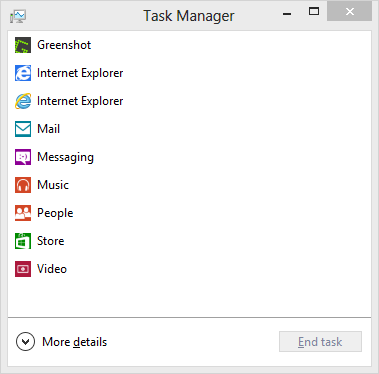
When you launch it the first time, it might seem rather disappointing, since it has possibly the more bare interface with just a list of apps and an “End task” option. Click on the “More details” button however it is a whole new story. The new task manager shows in a clear and concise way, with colour coding, which applications are using a bulk of your resources.
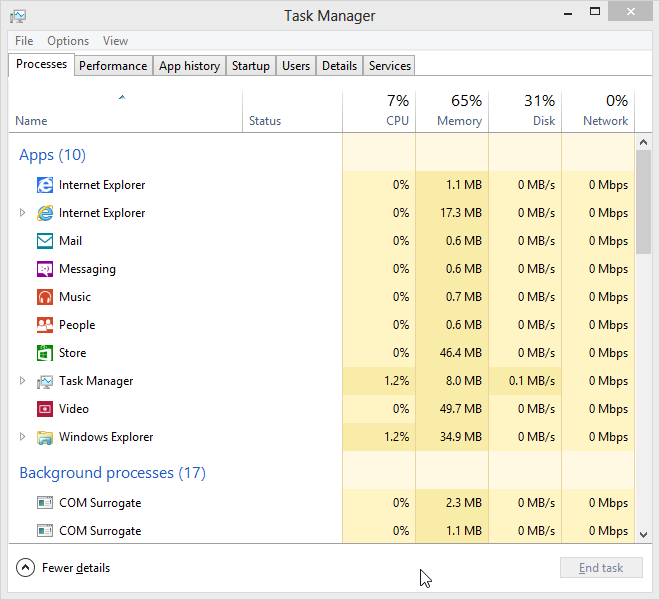
For the new style apps it can even monitor and show a history of the CPU and network usage of each application. The taskbar also combines a start up application manager.
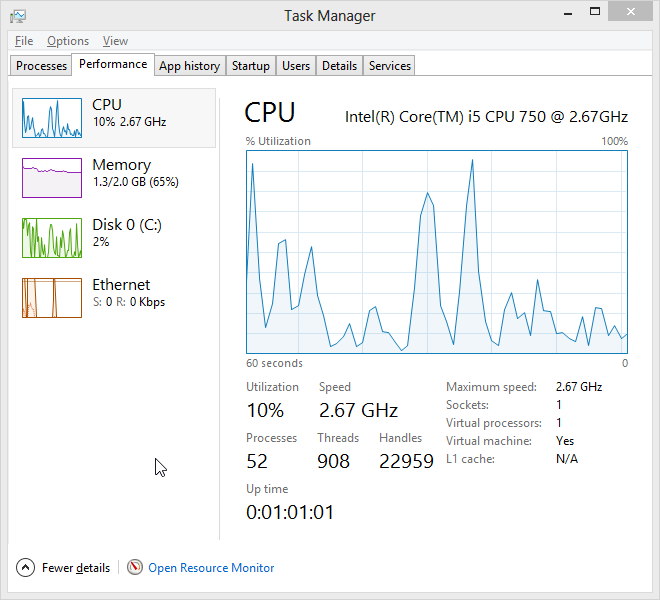 |
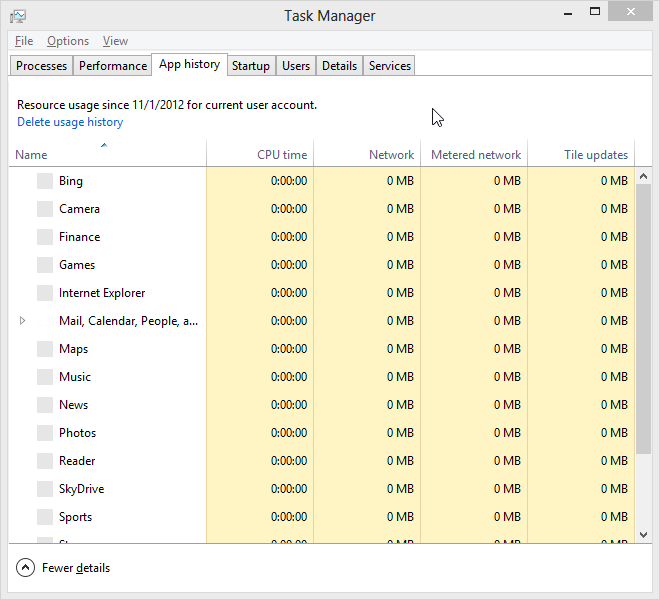 |
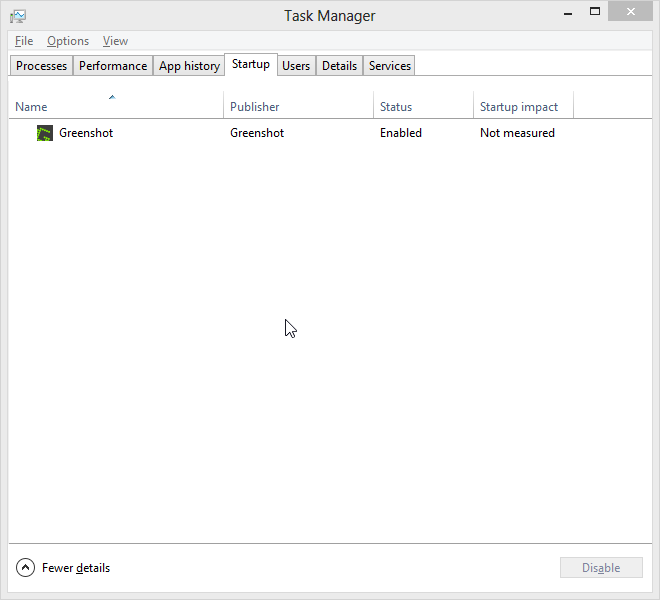 |
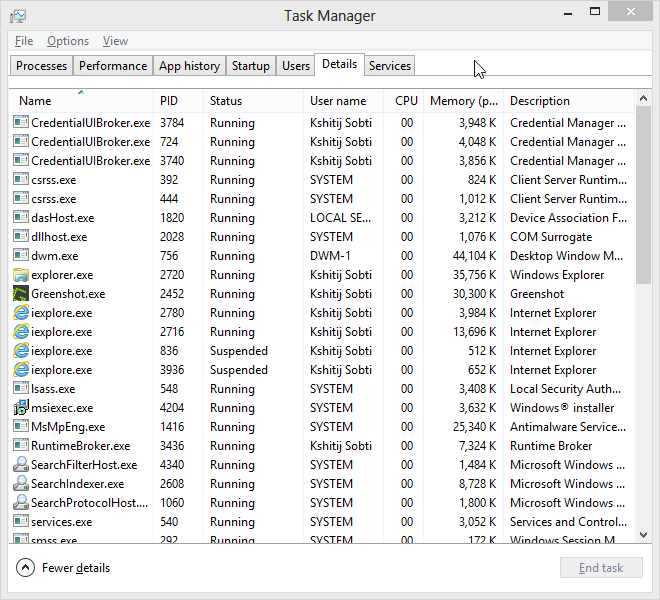 |
Hyper-V
If you have a lot of need for running virtual machines, then Hyper-V is definitely a feature to install.
Hyper-V is a virtualization software like VMWare Workstation, or Oracle VirtualBox, that can be used on Windows. It has—as one might expect—better support for running Windows, since Windows is designed to be aware of running in Hyper-V and can optimise such a scenario.
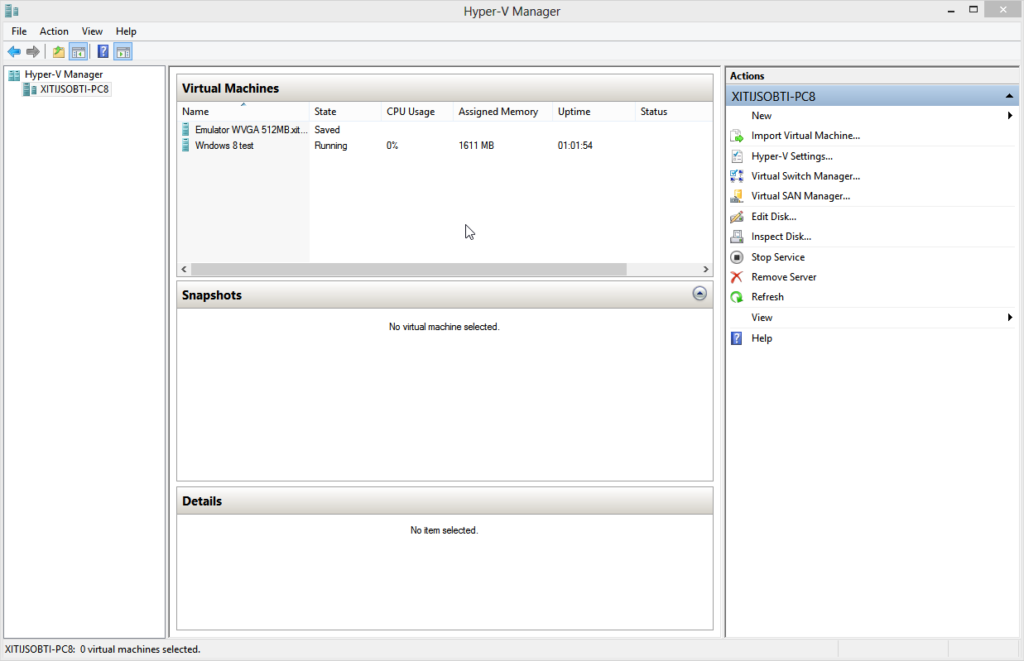
It comes with Windows 8 Pro, but is not installed by default. That can quickly be rectified via the “Turn Windows features on or off” application accessible via the control panel, or a quick search in settings.
While Hyper-V only officially supports very few versions of Linux, you can get a lot more running on it if needed. While it is a great feature, you might still be better off with something like VMWare Player, which is also free, because of its broader support for operating systems.
And more
Like any new release of Windows there are tons of small features that get pushed to the sidelines when compared with the bigger features. The best features aren’t even always flashy. As a personal example, I have perhaps used the new Ctrl+Shift+N shortcut for creating new folders, and the shortcuts for docking windows to the left or right of the screen, more than any of the other flashy features of Windows 7, more than jumplists certainly.
Now there is an argument to be made that such a simple feature should have been there in Windows from the start, and that is fair enough. On the other hand, there are thousands of such small features and enhancements that can be made to Windows, and only when they arrive do you feel that they took more time to come than they should have. For someone who has used Windows 7 for a while, the inability to use these shortcuts on older versions of Windows can be frustrating.
There are many such features in Windows 8 as well. Take for instance the new Windows Key+Print Screen button combo that takes a screenshot of your entire screen and saves it as a PNG file in a “Screenshots” folder in your Pictures library. For someone who needs to take the occasional screenshot, this is an welcome addition, and will likely remove the need to install a third-party software. Once again, it is a minor feature, certainly not worth the upgrade from a previous version, but then again, it isn’t the only new feature is there?
It is also great how Microsoft has really tried to optimise the operating system for touch is all major aspects. For example, even the boot manger that lets you select an OS to boot is now touch and mouse enabled. To improve the process of signing in, Windows 8 also allows a new kind of gesture password, wherein you can select an image, and log into Windows by performing a series of three gestures (line, circle, point) on it.
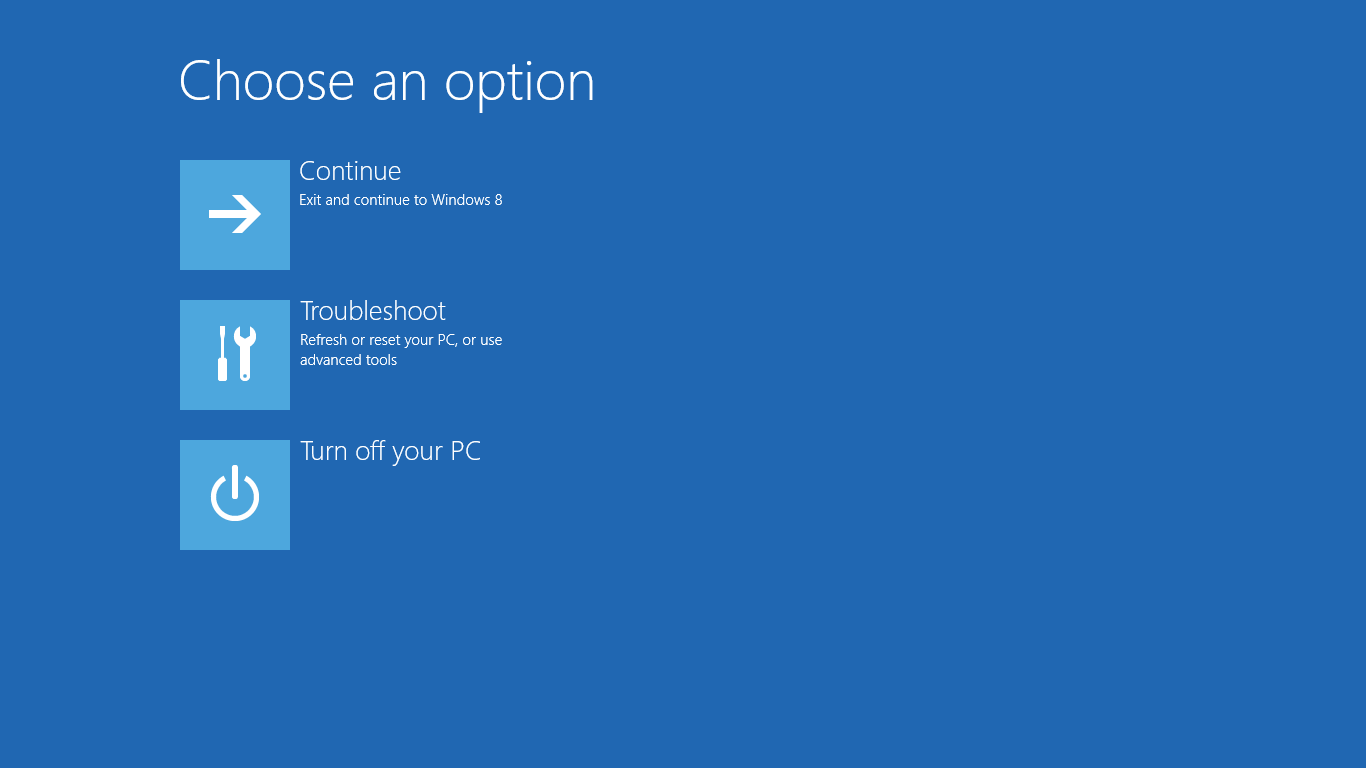
Another major improvement is Refresh and Reset, which takes away the need to reinstall Windows every once in a while. Refresh does that for you while maintaining your personal data, reset removes everything and brings Windows to a ground state with no personal data. This feature is part of a new recovery environment that is available even before Windows boots, making it a good recovery option is all else fails.
Speaking of booting, that is much faster now as well, and more secure if you have a Secure Boot compliant computer. Windows has also changed the way it suspends and resumes for much faster performance.
Now that we have a much rosier picture of Windows 8, there are some issues that need to be mentioned. Let’s examine again what we cited as its flaws, and how they can possibly corrected. Firstly, the absence of the Start menu. Honestly a lot of what is possible with the old start menu can now be done with the start screen. Still, if your preference is for a menu, there are now a number of free or cheap software that add back the feature.
If you play DVDs on your computer, you will find that Windows no longer includes the codecs ability to play them by default. You can purchase a media pack to get back the functionality. Or you can download something like MediaPlayer Classic or VLC, it is entirely legal in India. Another removal is that of the old desktop gadgets. If you actually used them then don’t worry there are many free alternatives.
Windows 8 despite everything is a rather capable OS, and not beyond “redemption”. It has a number of major changes that have nothing to do with the new UI, and most are for the better. With stuff like advanced file copy management, a brilliant task manager, better support for multiple monitors and an included virtual machine software, Windows 8 has a lot for the power user as well.

